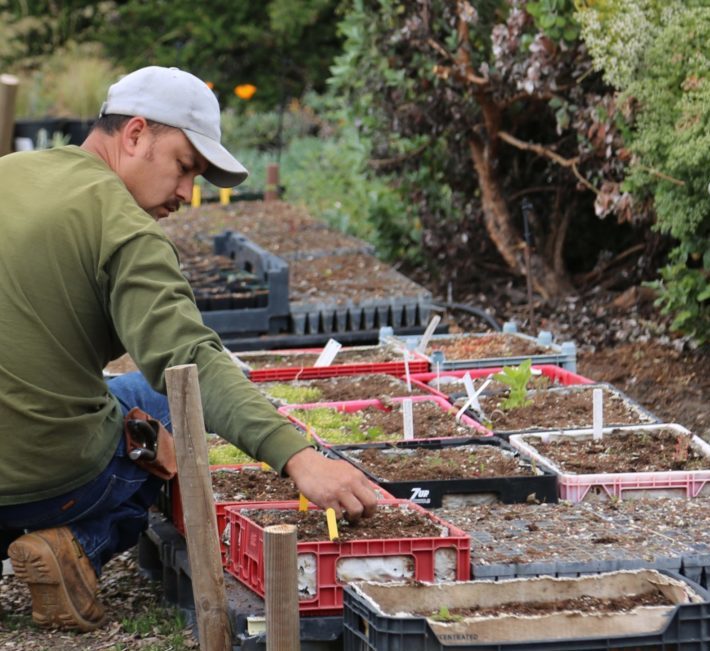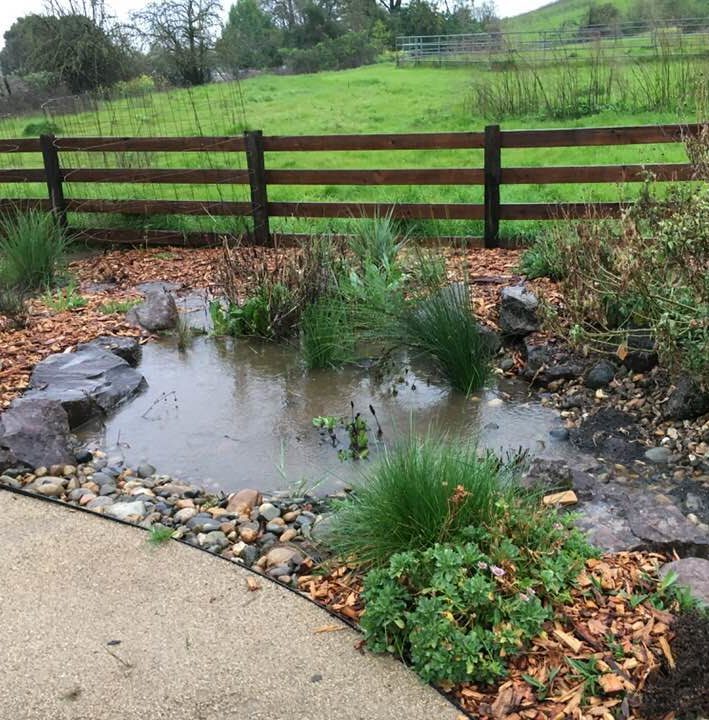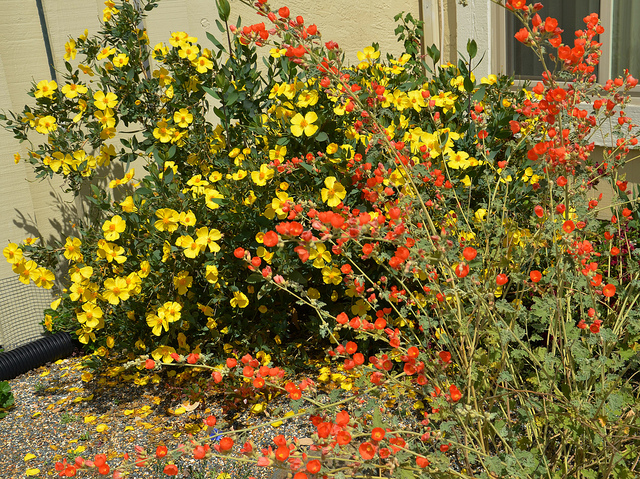- About
- Membership
- Publications
- Program Areas
- Making Conservation a Way of Life Framework
- Compliance Resource Hub
- CalWEP LAM Explorer
- Cut Sheets
- All Framework Resources
- Sustainable Landscapes
- QWEL
- CalScape
- Community Based Social Marketing
- Landscape Maintenance Guide
- Landscape Conversion Criteria Tool
- CalWEP Member Resources
- Direct Distribution Program
- Smart Rebates Program
- Implementation Guides
- Jumpstart Water Shortage Toolkit
- Advocacy and Policy
- SMART REBATES Customer Application
- Events
- News
- MyCalWEP



